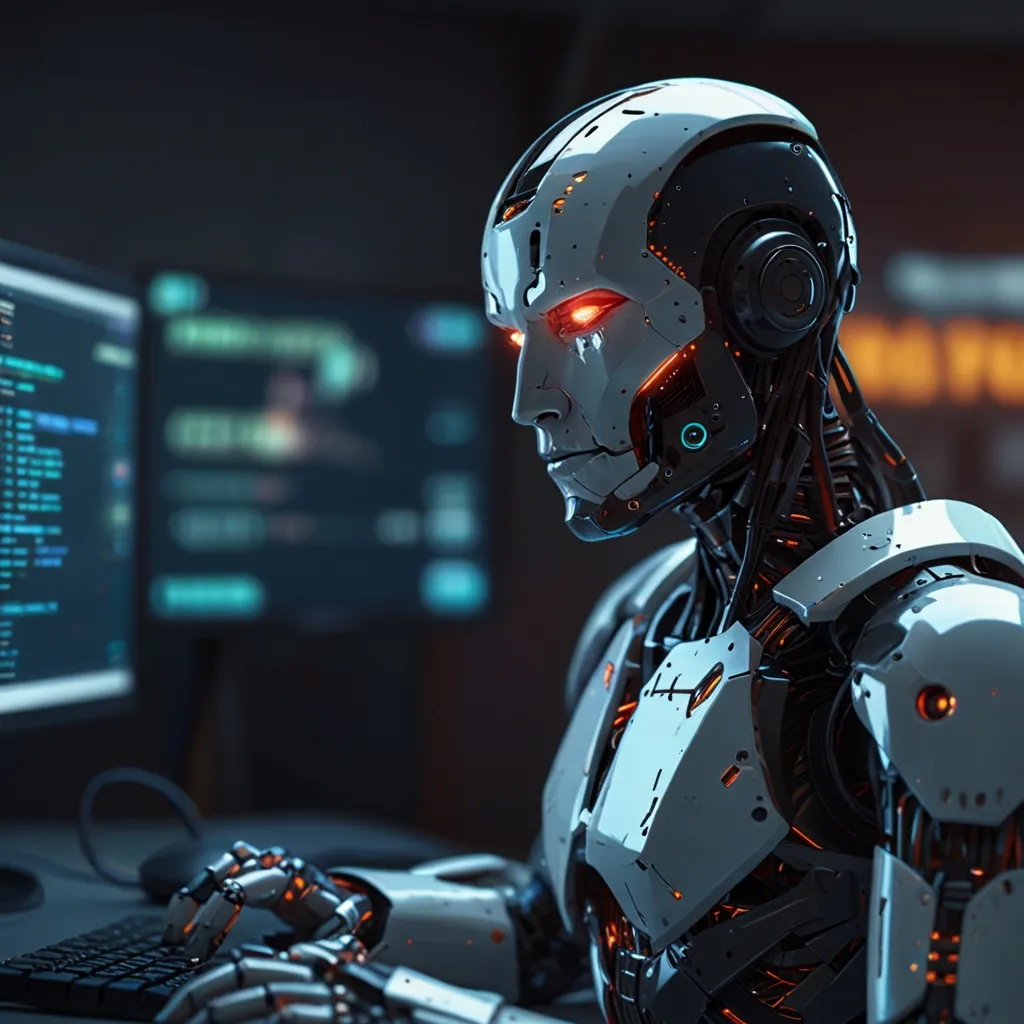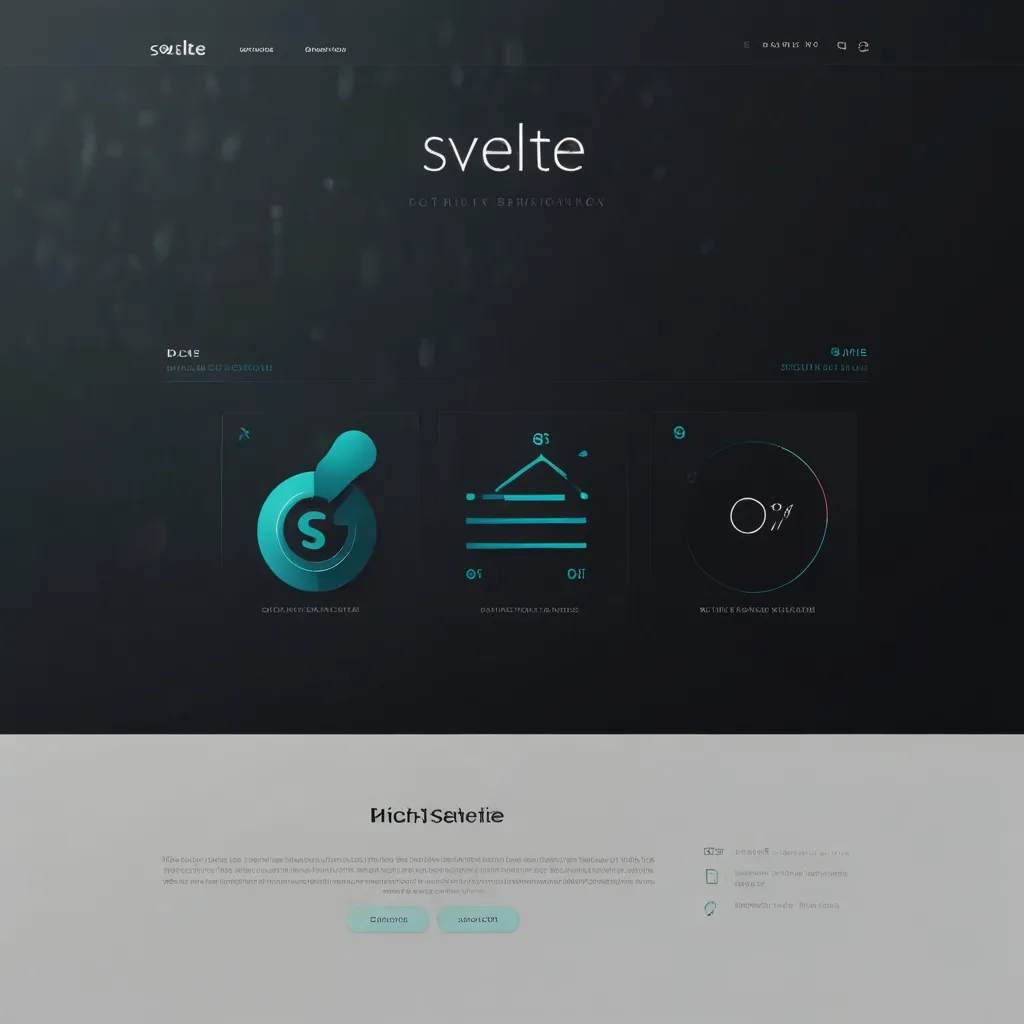The world of customer service is shaking things up, thanks to the rise of AI-powered chatbots. These high-tech programs are designed to have human-like conversations and have quickly become a must-have for businesses that want to elevate their customer experience.
At their core, AI chatbots are more than just robots following scripts. They’re smart entities that can understand and respond to natural language. Unlike the old chatbots that stuck to predefined rules and multiple-choice formats, modern AI chatbots leverage advanced technology like natural language processing (NLP), machine learning, and ginormous language models. This means interactions are not only smooth but feel personal as well.
Picture this: visiting a website and being greeted by a chatbot that asks how it can help. You type in your question, and it comes back with an answer that sounds like it’s from a human. It’s not just tossing out a scripted reply; it’s actually processing your input and generating a response based on what you need.
There are basically two types of chatbots: rules-based and AI-powered. Rules-based chatbots follow a strict set of predefined rules, almost like a flowchart. They work well for straightforward tasks like guiding someone through a password reset. But give them a complex query, and they’re likely to struggle.
AI-powered chatbots are the real game-changers. They don’t rely on pre-set rules. Instead, they use large language models to understand and respond to customer inquiries in a way that feels almost human. So, if you ask about a return policy, an AI chatbot will not only give you the information you need but might also offer a personalized touch by considering your previous interactions.
One of the most important benefits of integrating AI chatbots into customer service is scalability. These chatbots can manage multiple customer queries at once, around the clock, without needing a coffee break or lunch hour. This not only eases the burden on customer support teams but also ensures customers get immediate help no matter the time of day.
Cost-effectiveness is another big win. Automating routine customer service tasks cuts down operational costs. A company that once needed a team of support agents for basic questions can now let chatbots handle those, freeing up human agents for more complicated and higher-value tasks.
Moreover, AI chatbots are all about personalization. By analyzing customer data, they can tailor responses to fit individual needs. This adds a human touch to the interaction. If you keep buying a certain type of product, the chatbot can suggest similar items or even offer discounts based on your shopping history. This level of personalization doesn’t just make customers happy; it drives sales and boosts revenue.
To make these interactions even more engaging, chatbots often come with human-like traits like names, avatars, or even voices. These qualities make the experience feel more personal and less robotic. Imagine chatting with a bot named “Alex,” who has a friendly avatar and talks in a warm tone. This makes interactions feel less like dealing with a machine and more like having a conversation with a real person.
Beyond customer service, AI chatbots have loads of other applications. In the education sector, they can act as virtual teaching assistants, helping with homework, study sessions, and personalized learning experiences. Students can ask questions and get explanations all through a conversational interface that feels pretty natural.
In healthcare, chatbots can answer medical queries, provide health advice, and even help with scheduling appointments. This not only improves patient care but also takes some of the load off healthcare professionals, letting them focus on more critical tasks.
The future for AI chatbots looks super promising. With advances in generative AI, chatbots keep getting more sophisticated. They can handle complex conversations, get the nuances of human interaction, and even show some level of empathy. This is especially evident with the rise of generative AI models like ChatGPT, which have completely changed how chatbots communicate with humans.
As technology continues to evolve, we can expect even more advanced chatbots that blend seamlessly into various aspects of our lives. From customer service to education and healthcare, AI chatbots will transform how we interact with technology and each other.
But it’s not all smooth sailing. There are challenges in implementing AI chatbots. Reliability and accuracy are big concerns. These chatbots need to be designed to offer accurate and reliable information, which requires ongoing training and improvement.
Ethical issues also come into play. Chatbots should be clear about their capabilities and limitations, allowing users to understand they’re dealing with a machine, not a human. Data privacy is another significant concern since chatbots often collect and analyze sensitive customer information.
AI chatbots are no longer just a novelty. They’re becoming essential in today’s digital world. By offering scalable, cost-effective, and personalized customer service, they are reshaping the way businesses connect with their customers. And with continued advancements in technology, chatbots will only get more sophisticated, making our interaction with them smoother and more human-like.
Whether it’s a business looking to improve customer service or someone needing quick assistance, AI chatbots are stepping up to the plate. They’re the future of customer interaction, and their impact is sure to grow as they become an integral part of our daily lives.






